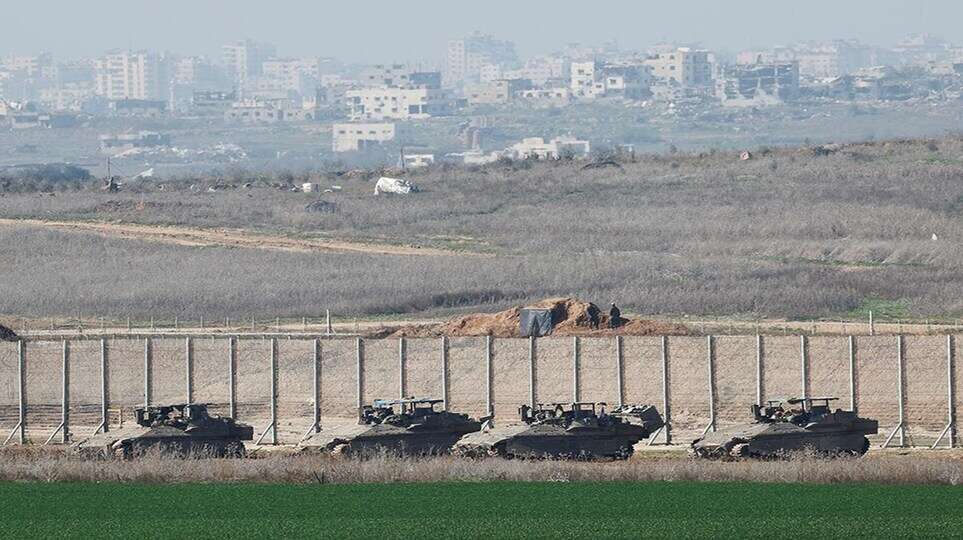Israel-Hamas Ceasefire: Impact and Hostage Release Explained

In a significant development, Israel and Hamas have agreed to a ceasefire in Gaza, accompanied by the release of hostages. The agreement, effective from January 19, comes after intense negotiations facilitated by international mediators.
The ceasefire aims to bring temporary relief to the region. This follows weeks of escalating violence. The violence resulted in numerous casualties and widespread destruction. Both sides have committed to halting hostilities, with a focus on humanitarian efforts.
Hostage Release: A Key Component
As part of the agreement, Hamas has agreed to release a group of hostages held in Gaza. The release is seen as a gesture to de-escalate tensions and rebuild trust between the conflicting parties. The identities and conditions of the hostages have not been disclosed. However, their return has been welcomed as a positive step forward.
Israel has agreed to facilitate the entry of humanitarian aid into Gaza. This action addresses urgent needs for food, water, and medical supplies. Aid agencies have repeatedly called for unhindered access to assist civilians affected by the conflict.
International Mediation Efforts
The ceasefire was brokered through concerted efforts by regional and international mediators, including Egypt and the United Nations. Their involvement underscores the international community’s commitment to finding a peaceful resolution to the ongoing conflict.
UN officials have emphasized the importance of maintaining the ceasefire to prevent further escalation. “Both sides must uphold this agreement. This ensures the safety of civilians. It also ensures the delivery of humanitarian aid,” a spokesperson said.
Challenges Ahead
While the ceasefire and hostage release mark progress, analysts caution that lasting peace remains elusive. Key issues, including territorial disputes, security concerns, and political differences, continue to fuel tensions.
Critics argue that temporary ceasefires address immediate concerns but fail to tackle the root causes of the conflict. The international community has urged both parties to engage in dialogue and work toward a comprehensive peace agreement.
Impact on Civilians
The conflict has taken a significant toll on civilians, with thousands displaced and critical infrastructure damaged. The ceasefire offers a glimmer of hope for those affected. However, achieving long-term stability will require sustained efforts from all parties involved.
As the situation evolves, the focus remains on ensuring that the ceasefire holds and that humanitarian needs are prioritized.
